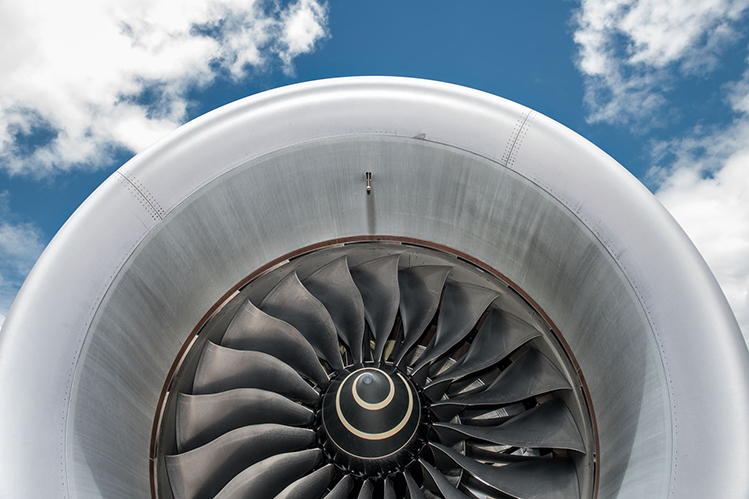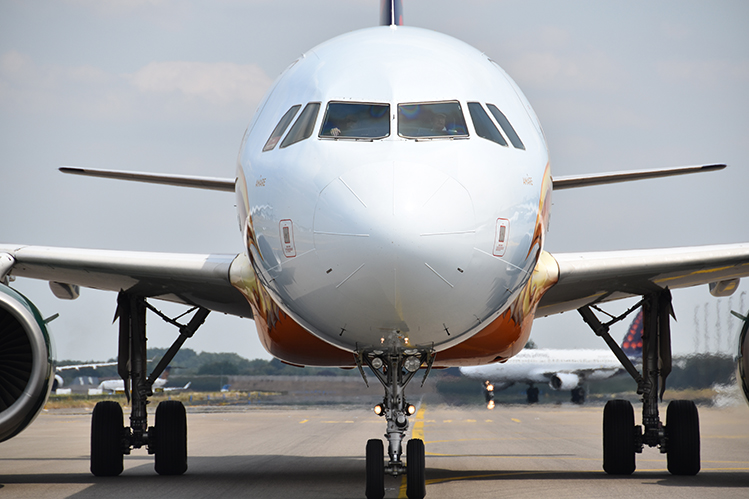In October, the World Health Organisation (WHO) published the Environmental Noise Guidelines for the European Region, a document providing recommendations to policy-makers on how to reduce health risks related to noise exposure from various sources. For the first time, the WHO established source-specific guidelines, including the suggested limitation of average noise exposure from aircraft to Lden 45dB and night exposure to Lnight 40dB. It also recommends changes to infrastructure, including opening and/or closure of runways and flight path rearrangements, to reach these values. The three recommendations are defined as “strong”, which means that they are considered applicable as policy in most situations. Report by ACI EUROPE’s Head of Environmental Strategy & Intermodality, Marina Bylinsky.
The publication of the WHO Guidelines is an occasion for the air transport sector to take stock of how aviation noise management has evolved over the past decades, what the outstanding challenges are and for us, at ACI EUROPE, to point out how European airports see the way forward.
We all know the good part of the story: aircraft have become quieter and quieter; the average noise footprint of an aircraft has decreased by 75% since the introduction of the first jet airliners. New operational procedures offer unprecedented flexibility to fly aircraft in ways that minimise the noise exposure of local communities. However, something seems to have gone wrong: in spite of decreasing noise exposure at many airports, an increasing number of residents feel annoyed about it. And complaints do not only come from residents living close to the airport. Opposition to airport operations and development is growing in many locations.

Aircraft have become quieter and quieter; the average noise footprint of an aircraft has decreased by 75% since the introduction of the first jet airliners. New operational procedures offer unprecedented flexibility to fly aircraft in ways that minimise the noise exposure of local communities.
In recent years, this development has shed a completely new light on noise management. Airports are increasingly aware of the fact that managing noise is actually not just about… noise. Apart from the acoustic parameters, such as the noise created by an aircraft movement or the frequency of such events, an increasing body of research has identified how so-called “non-acoustic factors” have a strong impact on the way people perceive noise. After all, whether a sound is perceived as unwanted and disturbing and becomes noise, depends on many subjective variables. Noise at a low volume can be irritating and stressful. Equally, sound you love can be bad for your health, by damaging your hearing if played at too high a volume. Experts from within and beyond the airport industry are in the process of better understanding what non-acoustic factors are and how they can be addressed to minimise the annoyance people experience from overflying aircraft. It is however already recognised that aspects such as the trust that residents have in the airport operator or authorities in general, and the quality of communication between them, are of key importance.
A lack of trust and a negative attitude towards the airport can stem from the feeling of some residents that they are not benefitting from the positive impacts of the airport’s activities, and only experience its negative impacts. They perceive their situation as unfair. Hence the need for airports to not only reduce noise, but also proactively seek ways to bring more value to local communities, and involve them in identifying how this can be best achieved. However, today we lack scientific knowledge to comprehensively assess quality of life around airports and identify the means for an airport operator to improve it. We are also struggling to find the right words and metrics to communicate about such a complex topic as noise. This and other research needs are part of a dedicated ACI EUROPE Airport Noise Research Roadmap, completed by the ACI EUROPE Noise Task Force earlier this year. Moving forward, the question of maximising the added value provided by airports to local communities is also going to be addressed in the broader context of the upcoming ACI EUROPE Sustainability Strategy, to be announced in June next year.

A detailed overview of the achievements and challenges of airport noise management, as well as concerns with regard to the WHO Guidelines, is available in the ACI EUROPE Analysis Paper Addressing the Future
of Aviation Noise. Photo credit: Brussels Airport Company
What does this mean when we consider the new WHO Guidelines? We believe that they do not fully reflect the complexity of the way people perceive noise and consequently, the ways to mitigate it. As an example, just consider the relocation of a runway, which is one of the recommended measures – it would inevitably expose new communities to aircraft noise. Even if it helped achieve noise levels within the limits recommended by the WHO, many of the newly impacted residents are likely to be annoyed and oppose the project.
Furthermore, the recommendations for aircraft noise are very strict – at most European airports, to reach the guideline values of Lden 45dB and Lnight 40dB, infrastructure changes would actually be insufficient. Instead, very severe limitations of air traffic, including a night flight ban, would potentially be required.
We do not question the need to protect citizens from health risks and recognise that certain levels of noise are undesirable and need to be avoided, regardless of the non-acoustic aspects of noise annoyance. We also welcome any research on noise and health and the work done by the WHO in this area. However, we believe that given the potential implications of the new guidelines on mobility and related services that our modern societies rely on, the discussion on their potential implementation needs to be considered in a broader context. We cannot talk about acceptable noise levels in isolation from the question of different pathways for the development of our societies as a whole. In light of the growing emphasis of travel as part of ‘experiential living’ beloved of millennials, boomers and Generation Z, it is time for critical discussion on the growing mobility needs of our societies and the environmental impacts of transportation – a discussion that takes into account all the positive and negative impacts of mobility.
Noise related policy-making should not prejudge the outcomes of such a comprehensive discussion.
A more detailed overview of the achievements and challenges of airport noise management, as well as our concerns with regard to the WHO Guidelines, is available in the ACI EUROPE Analysis Paper
Addressing the Future of Aviation Noise.







